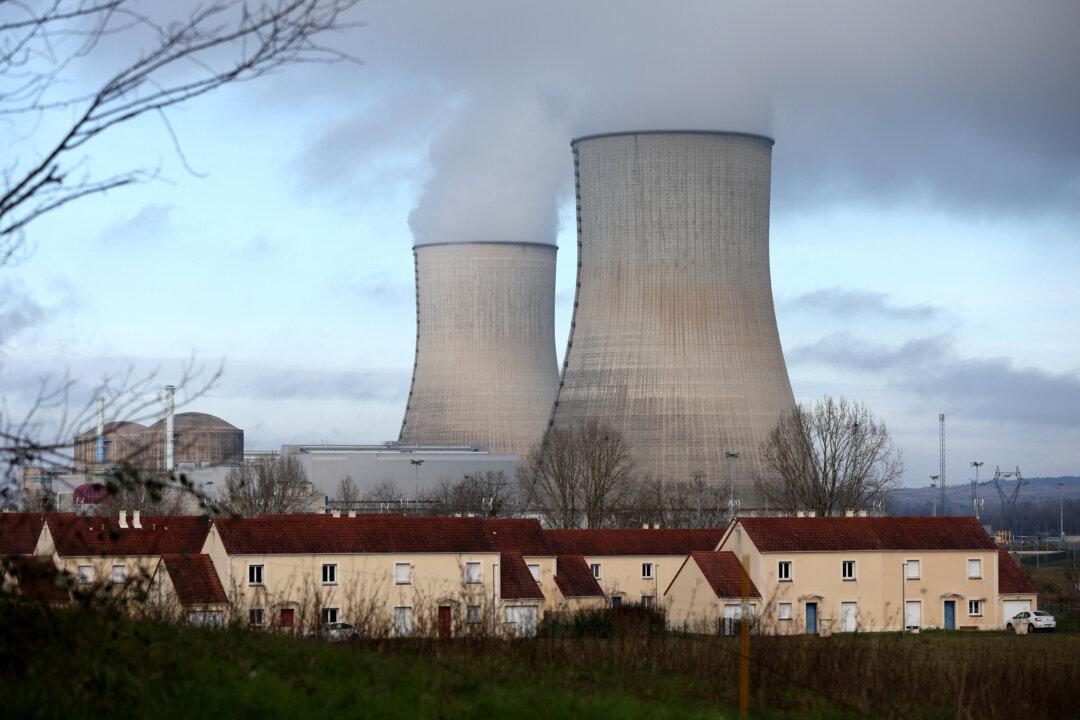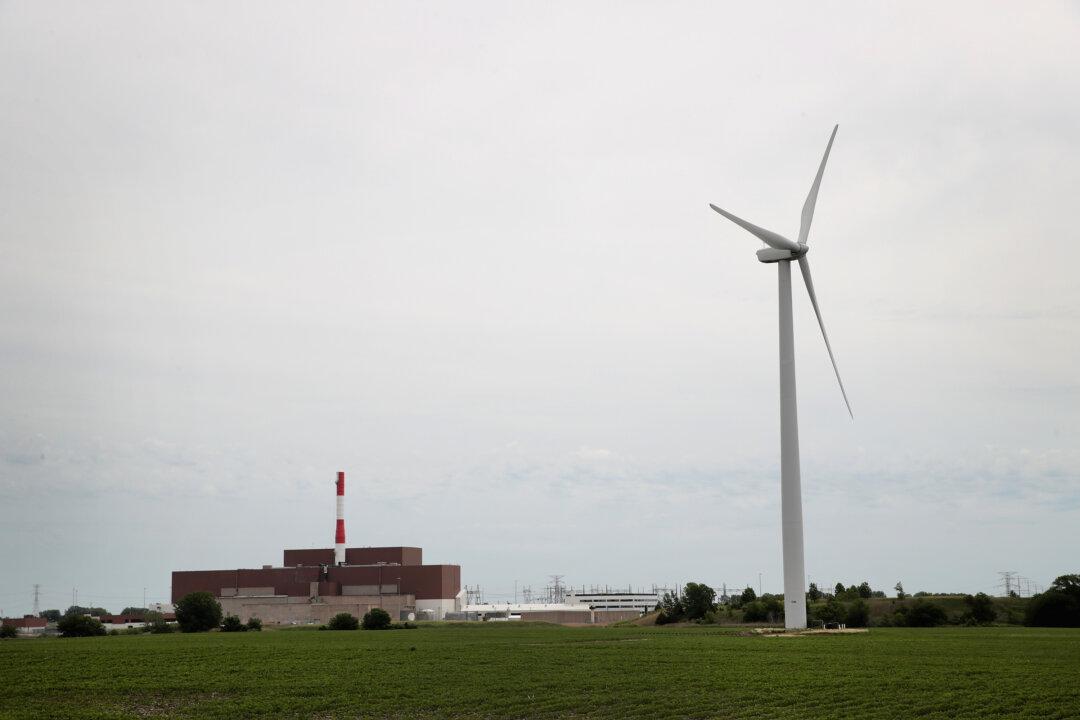Australians across the countries have endured a hike of 7.3 percent in residential construction costs in 2021, the highest growth rate recorded since March 2005.
Despite the costs easing somewhat towards Christmas, experts fear that the cost relief in Q4 of last year might not last long as the country continues to suffer from disruptions in the supply chain in 2022.
Chief policy advisor Peter Burn of the Australian Industry Group, an employer’s organisation covering a wide range of industries, attributed the downturn to a combination of economic factors.
“This latest downturn was driven by disruptions to labour supply, material supplies and business and household confidence associated with the rapid spread of the Omicron strain,” he said.
The growth in construction costs then diminished to 1.1 percent in Q4 2021, bringing the quarterly trend down to a similar level to the five-year growth average and below the Consumer Price Index of 1.3 percent for the same period.
CoreLogic research director Tim Lawless said that the lesser increase in the previous quarter might indicate some rebalancing, but he predicted residential construction costs to grow above the average rate in the coming three months.
“There is a significant amount of residential construction work in the pipeline that has been approved but not yet completed,” Lawless said.
“With some materials such as timber and metal products reportedly remaining in short supply, there is the possibility some residential projects will be delayed or run over budget.”

A jump of 22.4 percent in housing values across Australia over the 12 months to January 2022 leads experts to expect that it will be more expensive to finish new homes and renovations.
To put it differently, there is a high chance that heavier construction costs will exacerbate affordability challenges that already exist in the market.
Matthew Walker, an insurance expert from CoreLogic, alerted that existing homeowners and investors might bear the brunt of the increase in construction costs.
“In these times of rapidly rising home and construction costs, under insurance can quickly become a real threat to what is a most valuable asset,” he said.
“It’s important homeowners keep track of their sum insured and annually check it is sufficient should the worst occur by using their insurer’s rebuild calculator or giving them a call.”
According to the Cordell report, the New South Wales construction costs went up by one percent in the December quarter compared to 3.8 percent in the previous three months, with the state’s annual growth rate standing at seven percent.
Victoria witnessed the highest rise in Q4 among the five main states at 1.2 percent, down from 3.5 percent in Q3. The state has an annual construction cost growth rate of 7.1 percent.
Queensland’s costs grew by 1.1 percent in Q4 compared to 4.3 percent in Q3, and its annual growth rate stood at 7.3 percent.
Both Western Australia and South Australia recorded increases of 1.1 percent in Q4, driving their annual growth up to 7.9 percent.
The above data measures the rate of change of the costs of constructing freestanding and semi-detached single and two-storey homes for residential use.





